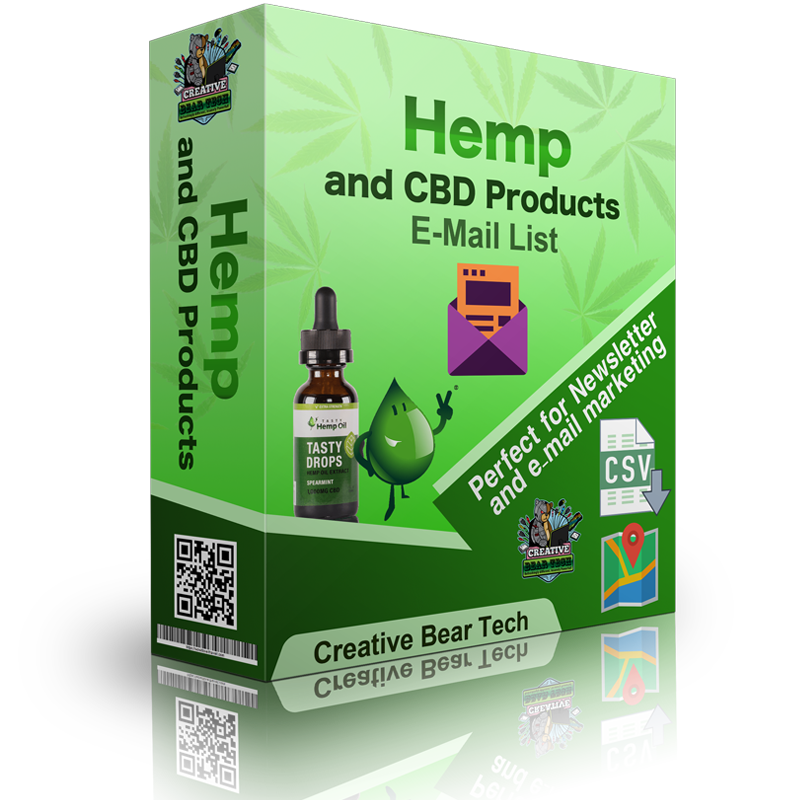A complete guide to instagram marketing
A complete guide to instagram marketing
Five most powerful b2b marketing techniques for lead generation? If you’re not segmenting your email list and sending targeted messages just to certain segments, you need to start. Don’t just send the same email to everyone. You want your subscribers and customers to think that you know them better than your competitors ever could. If you’re just sending out blasts to your entire list, your emails are either going to be too niche or too broad. Relevant emails are the ones that get sales and inspire subscribers to take action. If you’re sending the same email to your best customers that you’re sending to your lapsed customers, neither of them is going to feel important. But to be able to send relevant emails, you need to segment your email list.
What Is a Typical Open Rate? There really isn’t a typical open rate. But that answer isn’t super satisfying and doesn’t really tell the entire story. See, the open rate can vary due to how it’s measured, the size of your list, how often you send emails to your list, the industry you’re in, and any number of other factors. Even within your own email campaigns, you’ll find that your open rates vary. There are a couple common trends we know about, though, based on the data that’s already out there. First, a larger list tends to mean lower open rates. This happens because larger lists are typically larger in scope, meaning that you have more people who are “kind of” interested in your brand instead of diehard fans. The other thing we’ve seen is that open rates for nonprofits, churches, sports teams, and entertainers tend to be higher than average. This happens because these types of consumers tend to be very interested in any news about their favorites in these areas. The general rule is that the more niche the topic, the higher the open rates are going to be.
Email marketing is one of the most popular types of digital marketing. To put it shortly, it’s the use of email for promoting one’s products or services. If you go a little deeper, email marketing might also refer to building relationships with your customers. Ideally, emails you send out to your clients should not only speak at them but also encourage meaningful interaction with your brand. Notice how the guys from Buffer start a meaningful conversation by asking their readers’ opinion in their emails. There are many things that contribute to the success of your email marketing strategy, from the content you create to the time you send your emails. One thing is certain, though: email marketing is far from being dead and should definitely be part of your overall digital marketing. Find additional info at .
Typically, each SMTP account will have email sending restrictions and daily limits. Adding multiple SMTP accounts will help you to rotate between every SMTP account which will help you to increase your overall success and inbox rate. SMTP rotation will also reduce the risk of blacklists and complaints. CBT Mass Mailer Software will allow you to either import SMTP accounts via a file upload or you can enter them manually into an input box.

Reviews & Ratings: Getting positive reviews and higher ratings benefit your business in local SEO. Local reviews not just boost your company’s local reputation but also brings in potential new consumers. If you take a look at the local SERP, you can see ratings and reviews having their place within the local 3-pack. The quality of reviews is more into impacting your local search rankings.
Marketing Week reports that email generates around $37B retail sales annually. Email marketing provides a great opportunity for impulse buying. You can entice a customer to make another purchase in a few ways: Customers often act on impulse when they get an email letting them know about a relevant product which is related to their previous purchase. This is especially true if there is a relevant promotion. Your customers appreciate a good email. The time and effort it takes to draft the perfect email doesn’t go unnoticed. They want to know what’s happening with your business, and how they can get involved. It’s nearly impossible to reach out to all your customers in person or by phone. Email marketing campaigns bridge that gap. You could even set up a drip marketing campaign to help you smooth out the process. Drip campaigns are ongoing and drive the user down the buyer’s journey to a final conversion point. They’re often used to provide constant value to subscribers while helping keep your brand top-of-mind. Often times, these emails slowly “drip” helpful information, products, or tips, over days, weeks, or months. For example, the emails you receive when you browse Amazon, but don’t buy anything, are a drip email marketing automation at work. Find extra info on Email Marketing Blog.
